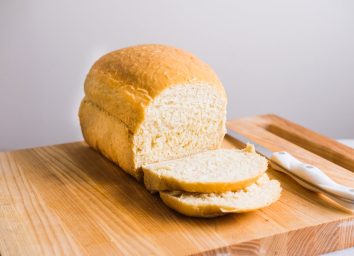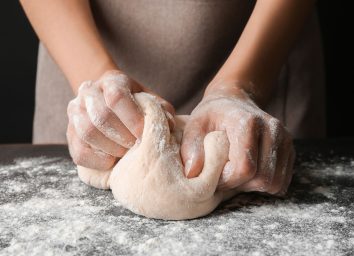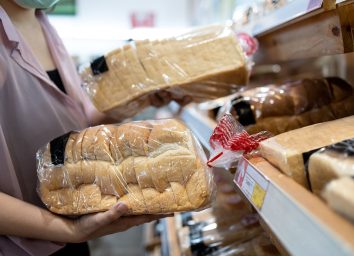The #1 Best Bread to Eat, According to a Dietitian
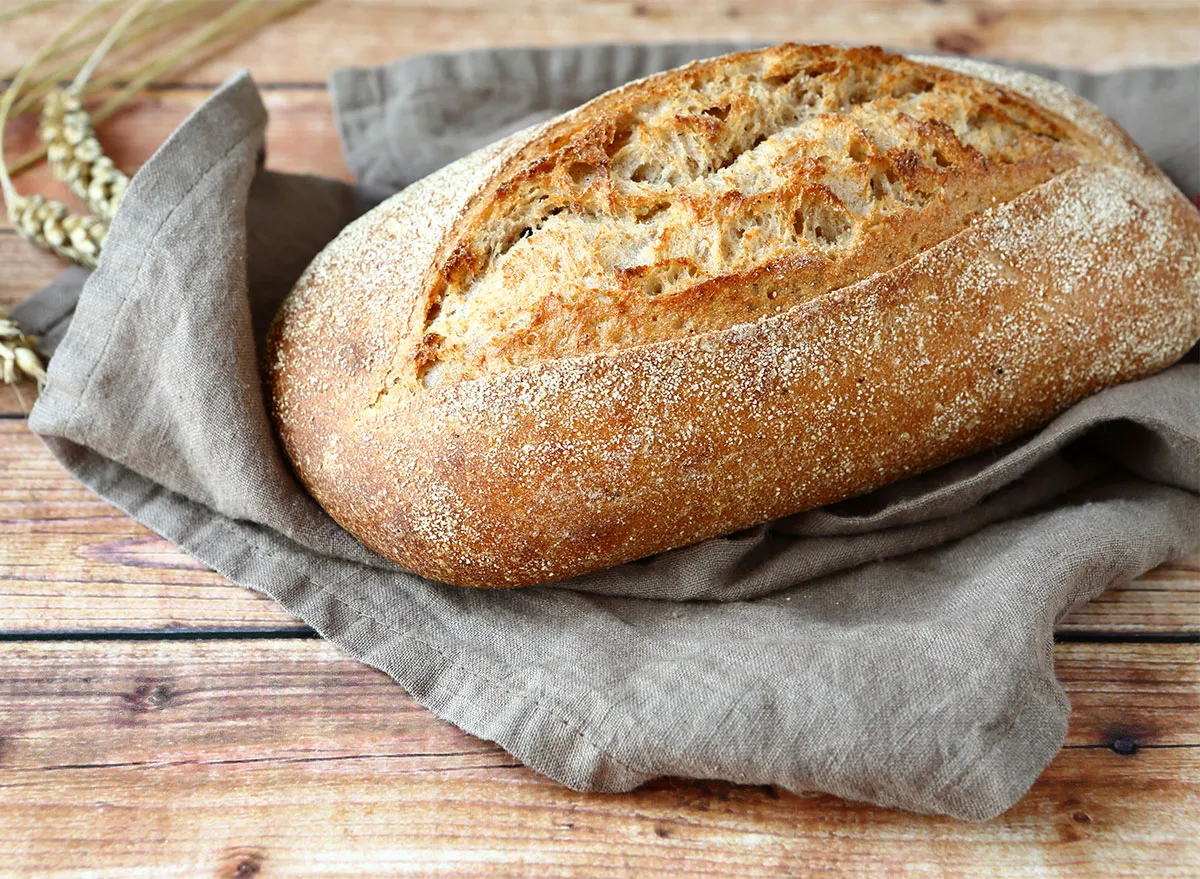
Bread often gets a bad reputation. "There are too many carbs in bread" or "bread will make you bloat" are all common complaints associated with the popular bakery item.
While these things are true if you eat two slices of bread more than once a day, and on a regular basis, bread can still fit into a healthy diet. The trick? In addition to limiting your intake, the key is to find a brand that contains quality ingredients.
Sydney Greene, MS, RD, registered dietitian and member of our medical board, shares a few tips on how you can go about finding a healthy bread option in the grocery store nearest you. She even shares her top two favorite brands. (Related: The Healthiest Breads to Eat for Weight Loss, According to Dietitians.)
Is bread healthy for you?
"It can be! When choosing a bread, opt for one with fiber, protein, and no added sugar," says Greene. "Slices with three or more grams of fiber is a great place to start and the fewer the ingredients, the better."
What is your favorite type of bread?
Greene has two favorite types of bread. Her first choice? Bread Alone Bakery's Whole Wheat Sourdough.
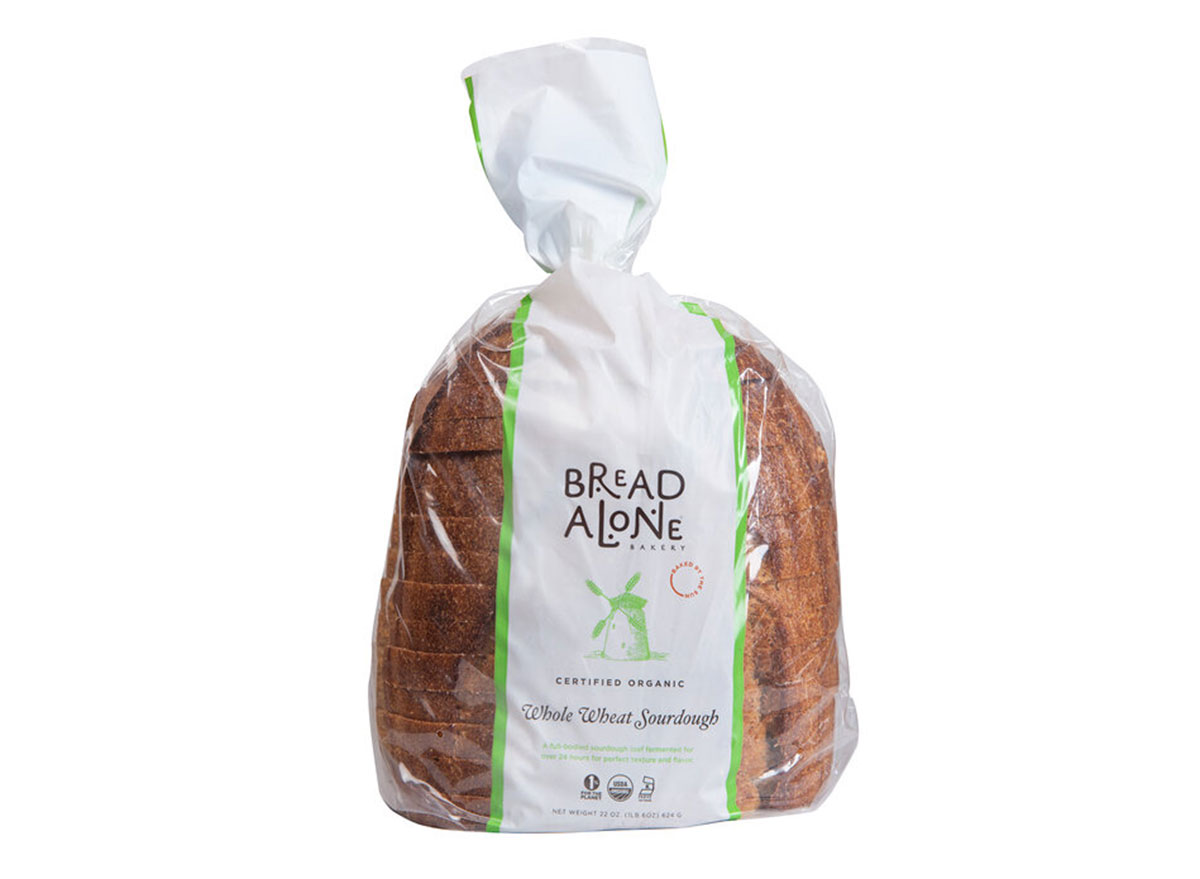
"Whole wheat sourdough is great for those with sensitive stomachs thanks to the slow fermentation process and naturally occurring good bacteria that partially breaks down GI irritants such as phytic acid, wheat, and gluten," says Greene.
Sourdough is made with the help of yeast and beneficial bacteria.
The naturally occurring sourdough yeast that ferments the wheat flour produces carbon dioxide, which causes the bubbles that you see in a slice of bread to form and leavens the dough.
The bacteria produce many compounds, such as lactic acid: a compound that causes that slightly sour taste. The acid also serves another function: it helps decrease the pH of the dough. In other words, it makes the dough more acidic.
A more acidic dough allows for an increase in the production of wheat enzymes like phytase, according to a Journal of Agricultural and Food Chemistry study. Phytase is what breaks down phytic acid, as Greene mentions. Phytic acid is known as an "anti-nutrient" that can impair the body's natural absorption of iron, zinc, and calcium and may promote mineral deficiencies. But in sourdough bread, phytate concentration can be decreased by 71%!
Greene also notes that sourdough is a good option for those with sensitive stomachs. That's because this type of bread has a longer fermentation period than most store-bought breads, which use fast-acting yeast.
Because the yeast has more time to ferment the wheat, it has more time to break down the protein and carbohydrates in flour, most notably a type of carb called fructan. It's this carbohydrate that can cause digestive distress for many people when they eat ultra-processed bread, according to a Gastroenterology study.
Her second choice? Food For Life Ezekiel Bread.
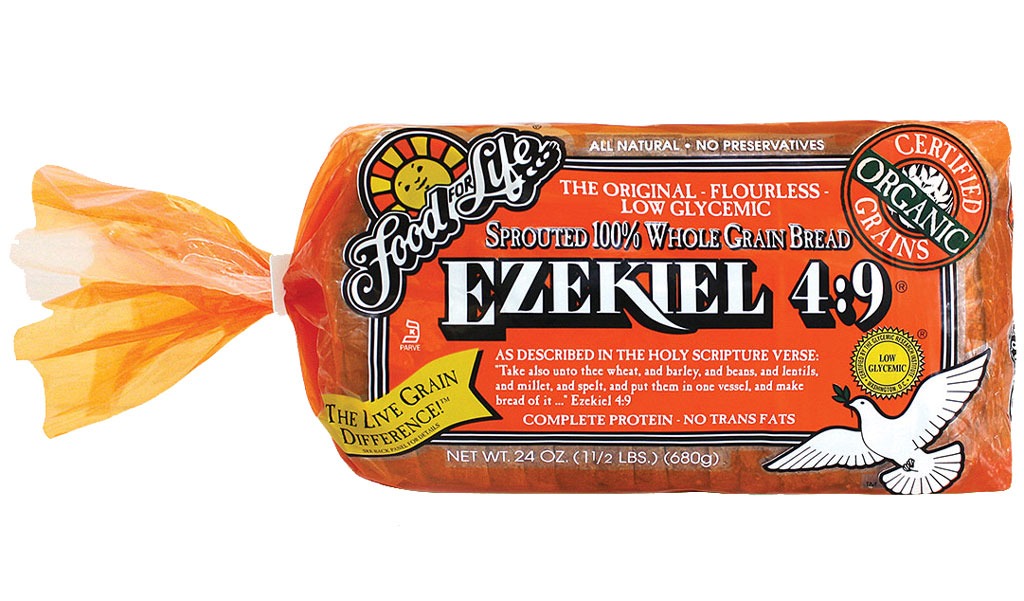
"Food For Life Ezekiel Bread is another excellent choice as they use whole ingredients that have been minimally processed," says Greene. "When ingredients such as seeds, nuts, or grains are overly processed, their nutrient density is diminished. The seedier and heavier the bread, the better."
What's a healthier bread swap?
If you're looking to reduce the amount of bread in your diet, Greene has a clever replacement: make your own toast…from sweet potatoes!
"Slice a sweet potato length-wise in a 1/4 inch thick piece, toast it up, and add your favorite toppings," she says.
For more, check out Surprising Side Effects Bread Has On Your Gut, Says Science.
For more healthy eating news, make sure to sign up for our newsletter!
